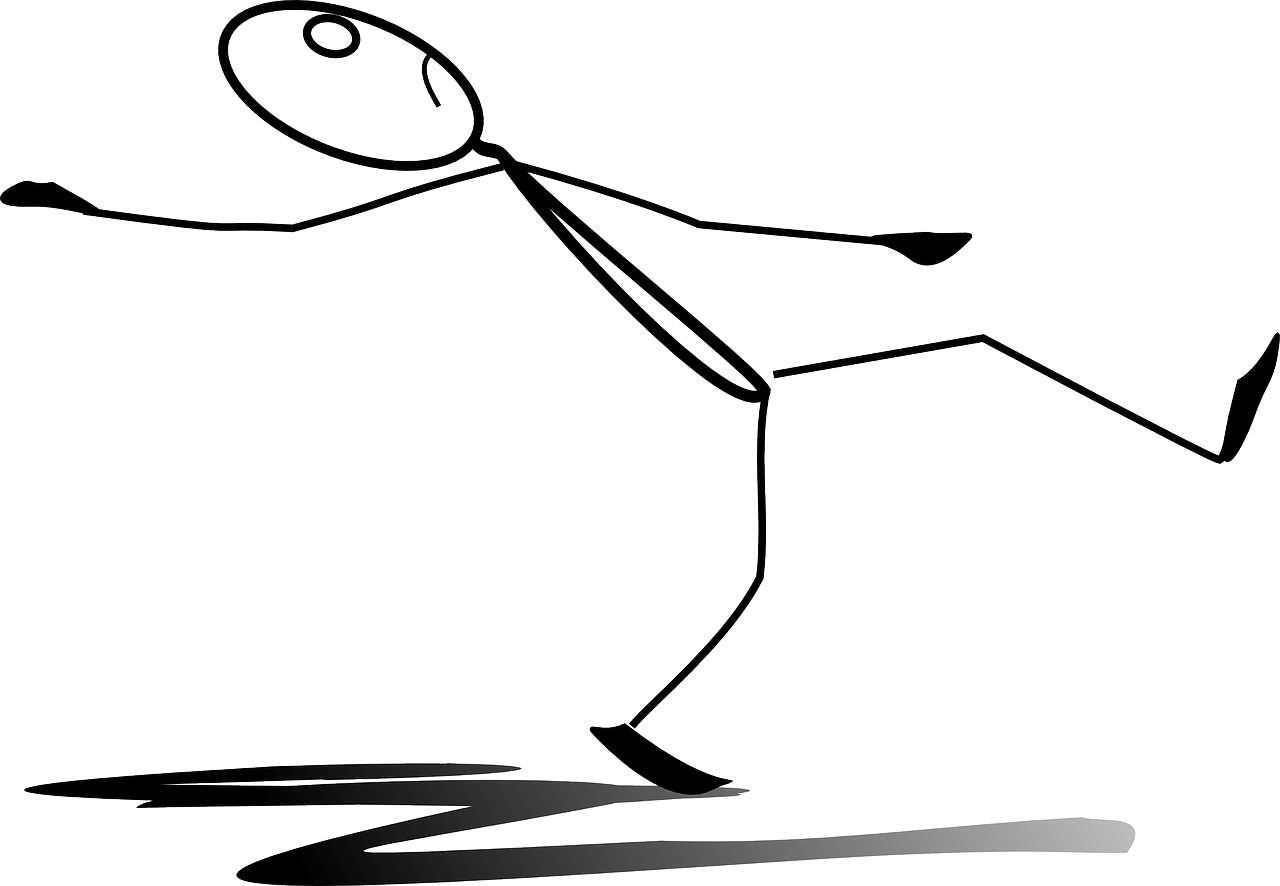How fast do you walk?
Ambling along at a leisurely pace might seem like an ideal anti-stress strategy, but if slow-and-steady is your usual speed, it could be an indication that you’re aging more quickly than someone with a faster gait.
“How fast people are walking in midlife tells us a lot about how much their bodies and brains have aged over time,” said lead researcher Line Rasmussen, Ph.D., of Duke University in a study that was published recently in JAMA Network Open.

My observations
In my personal training practice, I work with clients whose ages range from 50 to 80 plus. Some have speed and a bounce when they walk, and others plod from exercise to exercise. I also notice that those who walk slower appear to have more difficulty following the exercises, even with verbal and visual instruction. Some clients have good strength and poor balance and others have better balance and were not as strong. I definitely notice that those who walk slower have other issues including balance, coordination and remembering the exercise sequence. I will be the first one to admit that my memory on round two of my exercises with my trainer sometimes need to be reviewed/refreshed as well, so don’t get too discouraged.
What does it mean?

How you walk and the speed you walk is dependent on the amalgamation of the musculoskeletal system, central and peripheral nervous system, and the cardiorespiratory system. All of these must work together to keep you moving in a balanced fashion. Visual acuity also plays a factor. I always encourage my clients to wear their glasses if they normally wear them during the day while they are exercising. I find it helps them accommodate and develop spatial awareness with their bifocals or transition lenses while they are performing movements in the gym that are similar to those used in daily activities.
Question
Are you a slow or fast walker? How about your friends? Who is the slow walker and who seems to be ahead of the crowd walking with purpose and vigor? Rasmussen and colleagues hypothesize that slower walkers may be aging faster. That may give you the jolt you need to pick up your pace a bit.
The study
Data from 904 participants enrolled in the New Zealand Dunedin Multidisciplinary Health and Development Study was used. This population-based study of people in a 1972 to 1973 birth cohort in New Zealand observed the participants through the years to age 45 (April 2019). They did not measure the participants past 45 yrs (hopefully they will continue to study them longitudinally for the next few decades).

What did the y find?
- People with slower walking speeds show signs of more accelerated aging than those who walk faster,
- Slower walkers showed a greater reduction in brain volume, and also scored lower on tests of balance and grip strength.
- Notes: they only studied people to the age of 45 and not beyond and there was discussion in the study about potential cognitive issues from childhood that may have affected walking and gait. But the study is reasonably compelling.
What can you do today?
- Speeding up your normal walking pace can help your body function better, the researchers say. Can you do it?
- Be mindful of those bifocals and look ahead of you a few feet. Looking down distorts your vision and could lead to falls. I stress that in my training with my clients who do wear glasses. We work on walking, looking ahead and incorporating some uneven weights (farmers walk)

The 6th vital sign
Walking and gait speed has been identified as possibly one of the 6th vital signs and is associated with aging and mortality. Could insurers and practitioners include gait speed and these indicators in their preventive health plans starting much earlier, perhaps even in young adults? Stephanie Studenski, MD, MPH Division of Geriatric Medicine, University of Pittsburgh School of Medicine, Pittsburgh, Pennsylvania wrote in a follow up commentary to the research study.
As Dr. Studenski says in her closing statement “gait speed is a simple, inexpensive indicator of well-being across adulthood. Let’s pay attention and use it.”

How to test your gait
Measure your own walking speed (from a article in the Today Show post):
- Take two pieces of tape and mark a certain distance, let’s say 6 meters, or almost 20 feet, which was the length used in this study.
- Walk that distance at your usual pace while measuring how many seconds it takes you to do that with a stopwatch.
- Divide the distance (20 feet in this example) by the time result to give you a certain amount of feet per second.
You don’t really need the test; you probably know if you are an ambler or a fast walker. Pick up the speed and be careful and don’t trip.
References
Review article from Runners World
https://www.runnersworld.com/news/a29429593/walking-speed-affects-aging/
The Research article
https://jamanetwork.com/journals/jamanetworkopen/fullarticle/2752818?resultClick=3
Commentary to the Research Article
https://jamanetwork.com/journals/jamanetworkopen/fullarticle/2752811
Additional Interesting Reference Articles
https://bjsm.bmj.com/content/52/12/761
Today Show with a way to test your own gait
